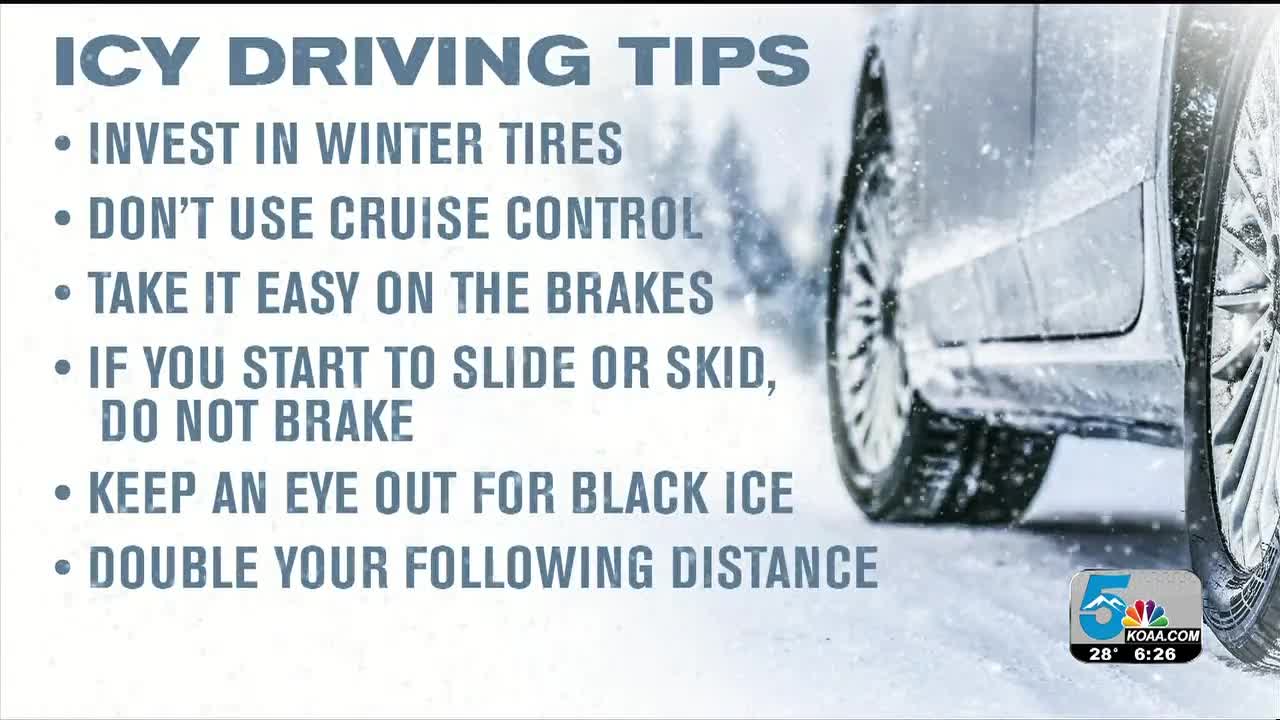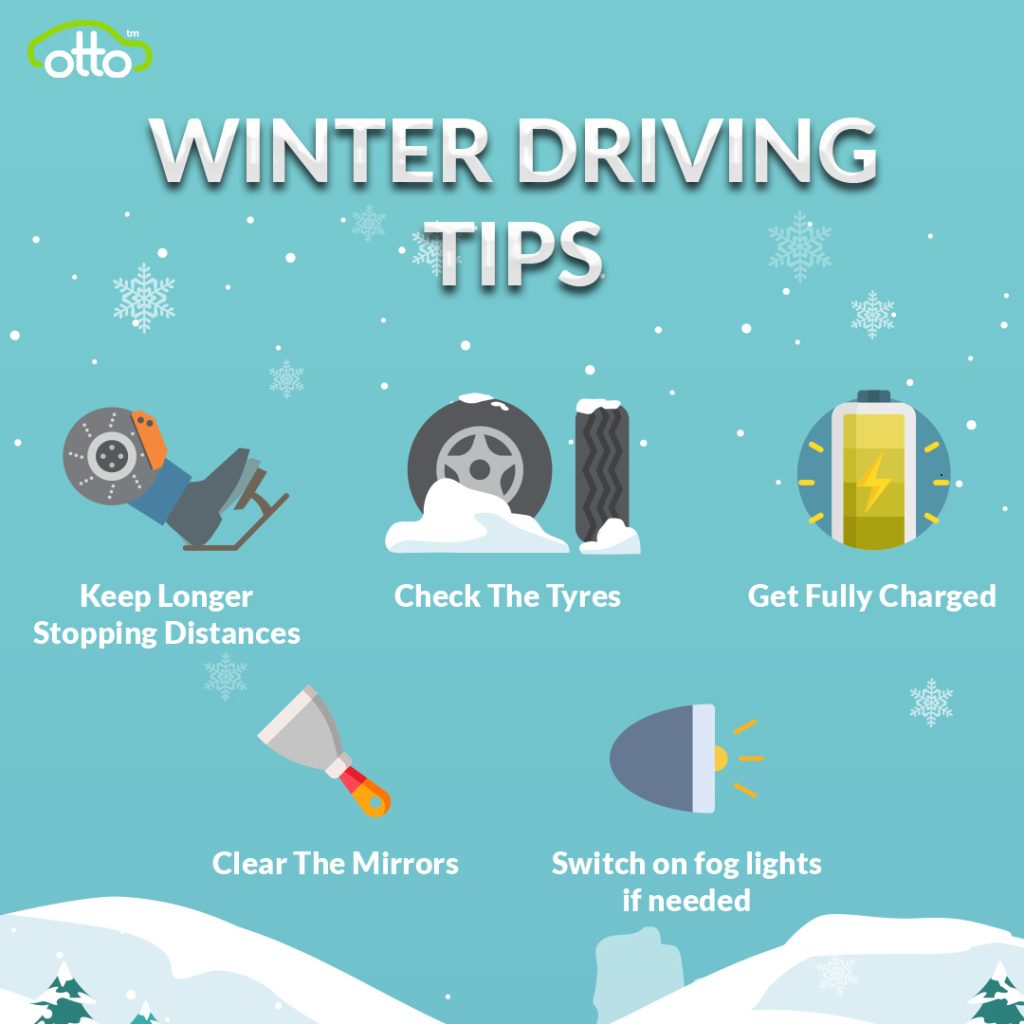

Winter trucking presents unique challenges, demanding drivers to navigate treacherous conditions. This comprehensive guide details essential strategies for safe winter driving practices and ensures that you are prepared to tackle the icy roads with confidence. Winter trucking is not just about navigating the frigid elements, it’s about understanding the specific safety procedures for winter conditions. This detailed approach will identify the critical aspects of winter driving, covering everything from preparation and planning to on-road procedures and emergencies. By following this guide, you can elevate your winter trucking skills and ensure safe and efficient journeys during the cold season. This article will provide you with the practical know-how for navigating winter roads, minimizing risks, and effectively managing potential hazards. The structure of this article will cover winter tire selection and maintenance, optimal driving habits for slick conditions, emergency preparedness, and communication protocols for enhanced winter trucking safety.
Winter Tire Selection and Maintenance
Essential Considerations for Optimal Traction
Proper tire selection is paramount for winter driving safety. Winter tires, with their specialized tread patterns and compounds, provide superior traction on ice and snow compared to all-season tires. The specific tread design is a critical factor in winter tire performance, and their distinctive patterns are crucial for optimal grip and control on challenging terrains. The rubber compounds in winter tires are formulated to remain supple in low temperatures, ensuring maximum flexibility and adherence to the road surface even in frigid conditions.
Preventive Maintenance for Optimal Performance
Regular maintenance is crucial to ensure your tires maintain their optimal performance in winter conditions. Inspect tire pressure frequently, as it is directly related to your vehicle’s handling and grip on the road. Checking the tire treads can reveal their wearing status, and it’s important to immediately address any observed irregularities or damages. Ensuring adequate tread depth is essential for reliable traction in snow and ice. Regularly replace worn-out tires or chains to prevent a safety hazard. Checking tire pressure and tread patterns are essential for a proactive approach to winter driving and maintaining optimal tire performance.
Optimal Driving Habits for Slick Conditions
Controlled Steering and Acceleration
Adjust your driving habits for slick conditions. When navigating on ice and snow, aggressive acceleration and braking can lead to loss of control. Gentle acceleration and braking are essential. Avoid sudden swerves or sharp turns. Gradual steering adjustments and a smooth, controlled approach to speed are vital. Maintaining a safe following distance is critical for responding effectively to unexpected situations on the road. With careful acceleration, you can prevent skidding, and this is a key part of maintaining control and safety during winter driving.
Smooth Braking and Speed Management
Controlled braking is paramount in icy conditions. Sudden braking can lead to skidding and loss of control. Anticipate potential hazards and use your brakes gently and gradually. Maintaining safe speed limits is crucial. Reduce speed significantly when encountering ice patches, snow-covered roads, and other hazardous winter driving conditions. Slowing down is essential to maintain control in icy or snowy weather situations.
Emergency Preparedness for Winter Trucking
Essential Supplies and Equipment
Having a well-stocked emergency kit can make the difference in an unexpected winter trucking situation. Essential supplies include: extra blankets, non-perishable food items, water, first-aid supplies, a flashlight with extra batteries, and a signaling device. In an unforeseen winter trucking emergency, having these readily available supplies can be crucial. These safety supplies are vital for ensuring a safe and efficient travel process, especially during harsh conditions. Having extra blankets, warm clothing, and first-aid supplies can prove lifesaving in adverse circumstances, and you should ensure your vehicle is equipped to handle these emergencies.
Communication Protocols and Contingency Plans
Maintaining clear communication is essential for winter trucking. Keep your dispatcher and fellow drivers updated on your progress and any unforeseen issues that may arise. Establish clear procedures for reporting incidents, responding to emergency situations, and initiating a contingency plan in cases of mechanical failure or severe weather. Regularly communicating your route and estimated time of arrival to dispatch and fellow drivers is also essential for winter trucking planning.
Communication Protocols for Enhanced Winter Trucking Safety
Maintaining Regular Communication
Maintaining consistent communication with your dispatcher and fellow drivers is paramount in winter driving. Share updated information regarding your progress and road conditions with the relevant teams. Report any hazards, closures, or challenging weather conditions to ensure your safety and the safety of those traveling with you. Regularly updating your status helps colleagues anticipate any challenges you might face on the journey. This strategy is important for both long-term safety and short-term decision-making.
Utilizing Technology for Real-time Updates
Leveraging technology in winter trucking is crucial. Utilize navigation apps, and use weather apps for real-time weather updates and road conditions. These technological tools can enhance your awareness of potential hazards, assisting in your decision-making about route alterations and speed adjustments. Real-time updates help in adapting to dynamic weather changes and potential delays, especially in inclement weather conditions.
Effective Winter Trucking Route Planning
Route Selection and Contingency Plans
Planning your route beforehand is vital in winter conditions. Analyze possible winter trucking routes and avoid potentially hazardous sections or stretches of road. Assess real-time road conditions and consider alternative routes in case of sudden changes. Having contingency plans in place can save time and effort during unforeseen circumstances. By proactively planning your route, you can reduce risks associated with winter conditions and optimize your journey.
Impact of Weather Patterns and Road Conditions
Keeping track of weather patterns and road conditions is crucial for optimal winter trucking. Study forecast information regarding road conditions and be prepared for potential delays. Real-time monitoring of road conditions helps you adjust your speed, driving style, and route accordingly. Be aware of any potential weather-related hazards like freezing rain or black ice, which can significantly compromise safety and control.
Importance of Proper Vehicle Maintenance for Winter Trucking
Vehicle Inspection and Preparation
Regular maintenance is crucial for optimal vehicle performance in winter conditions. Ensure the vehicle is equipped with appropriate winter tires or chains to improve traction on icy surfaces. Check the battery condition, antifreeze levels, and proper functioning of the heating and defrosting systems. Addressing any potential vehicle issues before encountering harsh winter conditions is essential. A proactive approach to routine vehicle maintenance will keep your equipment operational and minimize the potential for breakdowns or unexpected issues during winter driving.
Addressing Potential Mechanical Issues
Proper maintenance and preparation can help prevent mechanical issues during winter. Ensure your vehicle’s heating system and other critical parts are functioning correctly. Regular vehicle inspections can help identify and address potential mechanical issues before they escalate during challenging winter driving conditions. Proactive maintenance on your truck will not only ensure optimal performance, but it will also help prevent costly repairs or breakdowns during dangerous winter weather conditions.
Frequently Asked Questions
What are the most important factors to consider when planning a winter trucking route?
Planning a safe winter trucking route involves several crucial steps, and these include detailed route planning. Knowing the weather forecasts for the entire route, checking road conditions and closures in real-time, and factoring in potential delays are critical for a successful journey. Also, ensure you have a backup plan in place if unexpected conditions arise during transit. If possible, select alternative routes, or confirm that emergency response services, such as towing companies and roadside assistance, are readily accessible along your path. Communicate with dispatch and other drivers for updated information to enhance your safety during winter trucking journeys.
How can I ensure my vehicle is prepared for winter driving conditions?
To ensure that your vehicle is equipped for winter conditions, it’s essential to perform regular maintenance checks and repairs, especially on tires and brakes. Using winter tires or appropriate tire chains can greatly increase your traction on icy roads, preventing a dangerous skid or crash. Always be sure that your vehicle has sufficient supplies of antifreeze, a fully charged battery, and ensure that the lighting system is functional. Check your defroster and ensure that the heating and ventilation systems are functioning efficiently. Remember, maintaining your vehicle in top shape for winter trucking is a critical aspect of safety and effectiveness.
In conclusion, winter trucking demands meticulous preparation, consistent vigilance, and a proactive approach to safety. By adhering to these essential tips, truck drivers can navigate the treacherous winter conditions with confidence and minimize risks. Remember, prioritizing safety isn’t just a duty; it’s a commitment to personal well-being and the protection of those around you. For further guidance and to enhance your winter driving skills, consider taking professional training courses. Contact your local trucking association or a reputable driving school for details. Happy travels!